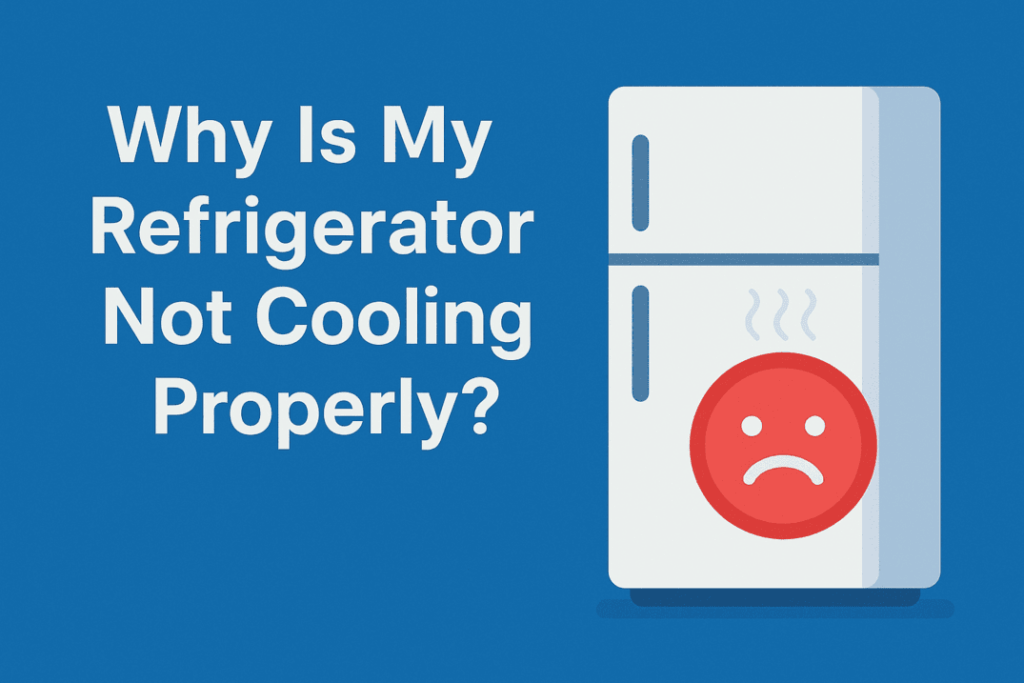Bed bugs are one of the most frustrating pests to deal with. They invade your home silently, hide in hard-to-reach places, and feed on your blood while you sleep. If you’ve woken up with itchy red bites and spotted signs of an infestation, you probably want to know what kills bed bugs instantly. There are several proven methods and products you can use right now to eliminate these pests before they spread further. From heat treatments to chemical sprays, understanding the most effective instant killers will help you take immediate action and regain control of your home.
Understanding Bed Bugs and Their Behavior
Before we dive into the solutions, it’s important to understand how bed bugs operate. These tiny insects are nocturnal and skilled at hiding. They often live in mattress seams, headboards, baseboards, and even electrical outlets. Because they are so resilient, regular cleaning methods often fail to eradicate them completely. Bed bugs can survive for months without feeding and are resistant to many over-the-counter pesticides. This means you’ll need targeted, effective strategies to kill them instantly.
Why Quick Action Matters
Bed bugs reproduce quickly, with females laying hundreds of eggs over their lifespan. Ignoring even a small infestation can lead to a much larger problem in a matter of weeks. Quick action not only prevents bites and discomfort but also reduces the costs and efforts required to eliminate them later. Acting fast with instant bed bug killers can be the difference between a manageable situation and a severe infestation.
Heat: The Most Effective Instant Killer
One of the most reliable ways to kill bed bugs instantly is heat. Bed bugs die when exposed to temperatures above 118°F (48°C) for a sustained period, and eggs require slightly higher temperatures to be destroyed. Professional pest control companies often use whole-room heat treatments, but you can also use household methods like:
- Steam Cleaners – A high-quality steam cleaner can deliver lethal heat into cracks, crevices, and fabric surfaces where bed bugs hide.
- Hot Dryer Cycles – Placing infested bedding, clothing, or curtains in the dryer on the hottest setting for at least 30 minutes can kill all life stages.
- Portable Heating Units – Some consumer-grade devices allow you to treat luggage, furniture, or small rooms with targeted heat.
Chemical Sprays and Contact Killers
For many homeowners, chemical sprays are the most accessible option for killing bed bugs instantly. Look for products labeled specifically for bed bug control. These typically contain active ingredients like pyrethrins or pyrethroids, which attack the nervous system of the insects. Some highly effective options include:
- Aerosol Bed Bug Killers – These can be applied directly to visible bugs and their hiding places.
- Residual Sprays – These stay active on surfaces for weeks, killing bugs that come into contact later.
- Alcohol-Based Sprays – Isopropyl alcohol at high concentrations can kill bed bugs on contact, though it has no residual effect.
When using chemicals, be sure to follow all safety instructions and avoid spraying on bedding or clothing unless the product is specifically approved for those surfaces.
Natural Instant Bed Bug Killers
If you prefer a less toxic approach, several natural substances can kill bed bugs instantly upon contact:
- Diatomaceous Earth (DE) – This fine powder works by dehydrating the insect’s exoskeleton. Food-grade DE is safe for humans and pets but deadly for bugs.
- Tea Tree Oil – When diluted properly, tea tree oil can help repel and kill bed bugs, although it may be less potent than chemical sprays.
- Neem Oil – This natural insecticide has both killing and repelling properties.
These methods may not be as instantly effective as heat or strong chemicals, but they are safer for use around children, pets, and sensitive environments.
Vacuuming and Immediate Physical Removal
Vacuuming is not a chemical or heat method, but it is an instant way to remove bed bugs from your home. Use a vacuum with strong suction and a HEPA filter to trap bugs and prevent them from escaping. Focus on mattress seams, bed frames, carpets, and any cracks or gaps in furniture. Once finished, immediately dispose of the vacuum bag in a sealed plastic bag to prevent reinfestation.
Freezing Method for Small Items
While heat kills bed bugs instantly, extreme cold can also be effective if done correctly. Bed bugs die when exposed to temperatures below 0°F (-18°C) for several days. This makes freezing an option for items like shoes, books, and delicate fabrics that can’t be treated with heat or chemicals. Simply seal the items in a plastic bag and leave them in the freezer for at least 96 hours.
Avoiding Common Myths
Many people waste valuable time and effort on methods that don’t work or aren’t instantly effective. Common myths include:
- Using Ultrasonic Devices – There is no scientific proof that ultrasonic pest repellents work on bed bugs.
- Relying Solely on Essential Oils – While some oils can repel bed bugs, they rarely kill them instantly unless combined with other methods.
- Spraying Bleach – Although bleach can kill bed bugs on contact, it can damage fabrics, surfaces, and pose health risks.
To effectively fight bed bugs, focus on proven methods and avoid ineffective gimmicks.
Signs of an Infestation That Require Instant Action
If you notice the following, you should act immediately:
- Clusters of itchy, red bites in straight lines or small groups.
- Dark spots or stains on bedding (bed bug feces).
- Small, reddish-brown insects crawling on your bed, couch, or walls.
- Tiny white eggs or eggshells in mattress seams or furniture joints.
Recognizing these signs early allows you to apply instant bed bug killers before the infestation spreads beyond control.
Integrated Pest Management Approach
While instant killers are essential, they work best as part of a broader pest control plan. Integrated Pest Management (IPM) combines several strategies to prevent and eliminate infestations:
- Inspection – Thoroughly check your home for bed bugs, especially in bedrooms and living areas.
- Containment – Seal infested items in plastic bags until they can be treated.
- Treatment – Apply heat, chemicals, or natural killers to affected areas.
- Prevention – Use encasements for mattresses and box springs, reduce clutter, and perform regular inspections.
In the middle of your pest control process, you may also wonder about other pest habits such as Do Bed Bugs Fly — which they don’t, but they crawl quickly and hide efficiently.
When to Call Professionals
If your DIY efforts fail or the infestation is too large, it’s time to hire a pest control professional. Experts have access to advanced tools like industrial heaters, stronger pesticides, and fumigation techniques that aren’t available to the general public. While this can be more costly, it ensures complete eradication and reduces the risk of bed bugs returning.
Preventing Future Infestations
Once you’ve eliminated bed bugs, prevention is key:
- Inspect Second-Hand Furniture – Bed bugs often hitchhike on used mattresses, couches, and chairs.
- Be Cautious While Traveling – Check hotel rooms for signs of bed bugs before unpacking and keep luggage elevated.
- Use Mattress and Pillow Encasements – These make it harder for bed bugs to hide and feed.
- Regular Cleaning and Vacuuming – A tidy home makes it easier to spot and remove pests before they multiply.
Conclusion
Bed bugs are stubborn and resilient, but with the right instant killers, you can take back control of your home quickly. Heat treatments, chemical sprays, and even certain natural solutions can be highly effective when used properly. The key is to act fast, use proven methods, and follow up with preventive measures to ensure the problem doesn’t return. With a combination of immediate action and long-term vigilance, you can protect your home and sleep peacefully once again.









